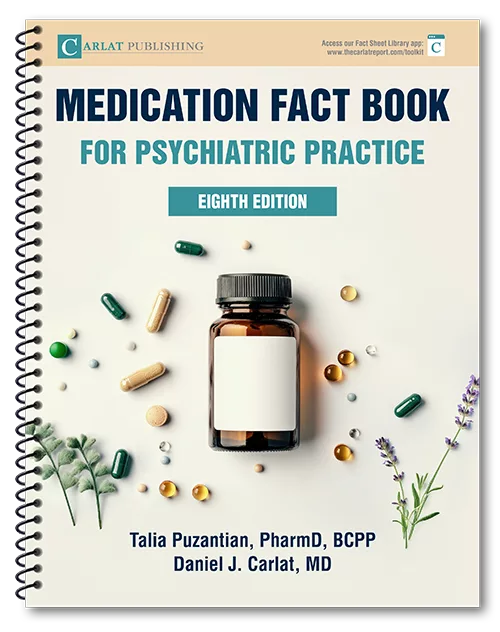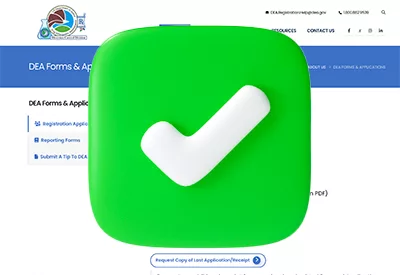Switching antidepressants isn’t hard.
Unless you rush it—or forget the exceptions.
This is Part 2 in my A to Z mini-series from the upcoming 8th edition of the Med Fact Book.
Today: Antidepressants.There are two basic ways to switch antidepressants (or any class of meds):
Direct switch and cross taper.
▸ Direct switch means stopping one medication and starting the next the very next day.
→ Day 1: Drug A. Day 2: Stop Drug A, start Drug B.
→ Example: sertraline to citalopram.
▸ Cross taper means gradually lowering the dose of one while slowly introducing the other.
→ Day 1: Drug A. Day 2: Lower Drug A, add low dose of Drug B. Continue overlap with dose adjustments over 2–4 weeks, until you end up with Drug B only.
→ Example: paroxetine to vortioxetine.
Here’s how I think about it:
▸ Direct switch (no overlap or taper) Use when meds have similar mechanisms and low interaction risk.
→ Sertraline to citalopram — fine to switch overnight.
→ Venlafaxine to duloxetine — usually okay directly, especially at moderate doses (e.g., venlafaxine 75–150 mg).
→ Sertraline to duloxetine or venlafaxine — often safe as a direct switch; start low and monitor closely.
→ SSRI to mirtazapine — generally safe to stop one and start the other the next day. May even help with sleep and appetite during the transition.
▸ Cross taper (gradual overlap) Use when switching drug classes or when interaction risks are higher.
→ Paroxetine to vortioxetine — taper paroxetine over 2–4 weeks while building vortioxetine.
→ Fluoxetine to bupropion — taper fluoxetine first to avoid higher bupropion levels and seizure risk.
→ Fluoxetine to nortriptyline — cross taper to avoid metabolic inhibition.
→ Sertraline to MAOI — stop sertraline, wait 2 weeks (5 weeks for fluoxetine), then start MAOI.
→ MAOI to new antidepressant — same: 2-week washout before switching.
▸ Discontinuation risk
→ Paroxetine, venlafaxine— high risk of withdrawal; taper slowly.
→ Bupropion, mirtazapine — lower risk; faster taper is usually fine.
→ Fluoxetine — long half-life; often no taper needed.These aren’t comprehensive rules—just reliable shortcuts for the most common situations.Adjust to the patient, not the protocol.
Next up: Antipsychotics—and when not to cross taper.
▸ Follow me (Daniel Carlat, MD) for grounded clinical tips from the Med Fact Book
▸ What’s the antidepressant switch that still gives you pause?
Join the conversation on LinkedIn with Dr. Carlat.

_-The-Breakthrough-Antipsychotic-That-Could-Change-Everything.webp?t=1729528747)



